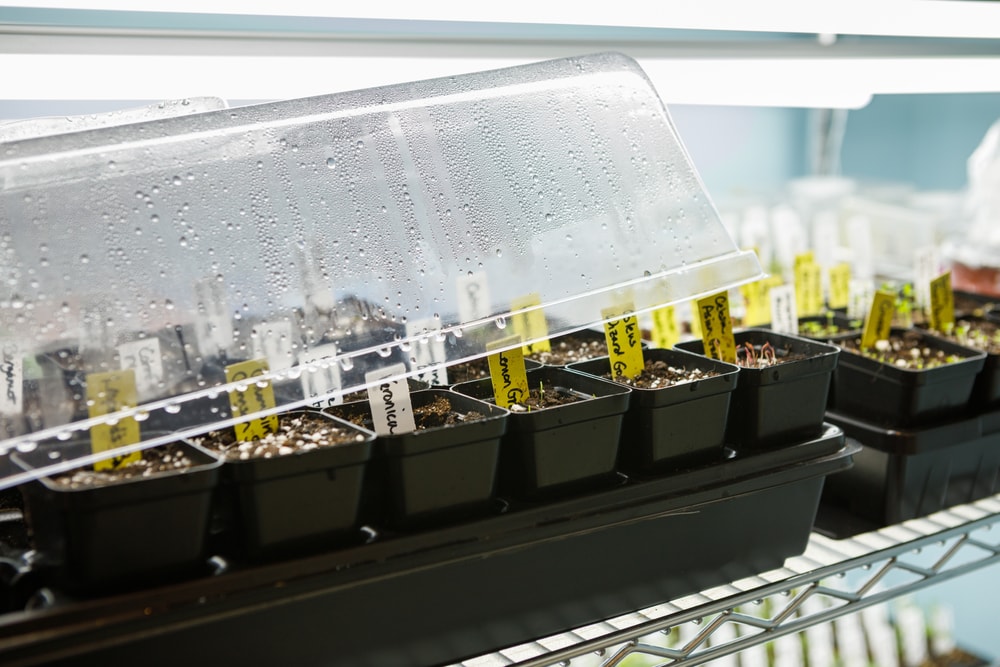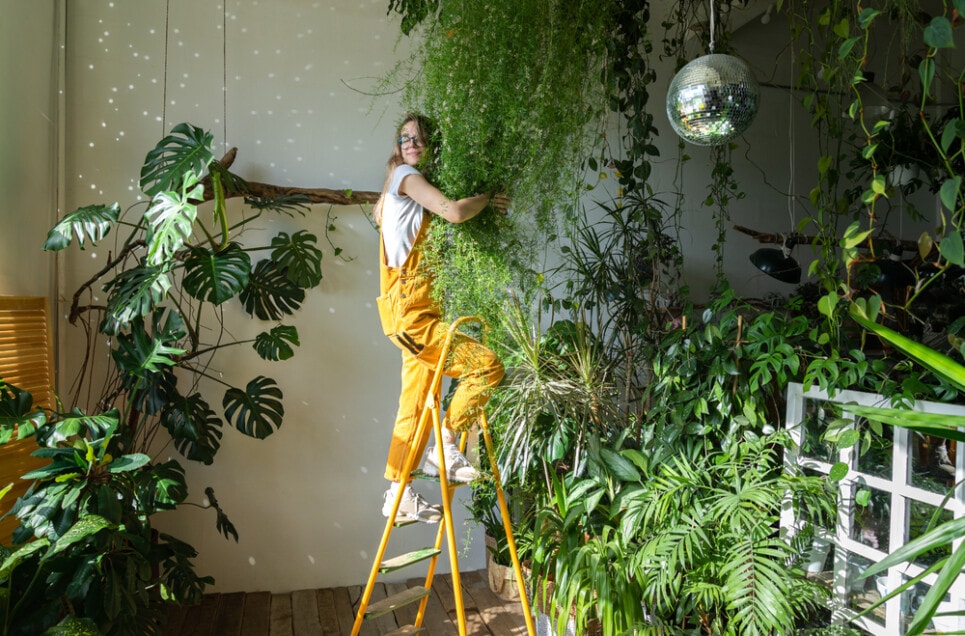Plants are the new pets. Once you start taking care of plants, sometimes one just isn’t enough. So if you’re looking into buying some plant babies for your house or apartment, look no further than out houseplant hacks. These tips and tricks will help your plants thrive.

30. Watering Trays and Humidity Mats Keep Plants Moist Longer
If you plan to go on vacation, you obviously won’t be around to water your plants. That puts a lot of stress on any doting plant mom or dad. A great solution for that would be to use a watering tray or a humidity mat. This allows your terracotta potted plants to be watered from the bottom up. There are also plastic humidity trays with lids that are made to keep the moisture inside of seedlings for much longer. Some plant owners even decide to keep their pots in watering trays at all times because it is simply easier to pour water into the tray rather than the plant itself. Just keep in mind that you don’t want your plants sitting in water at all times, unless it’s an aquatic plant. So allow your terra cotta pots to dry out periodically.






























